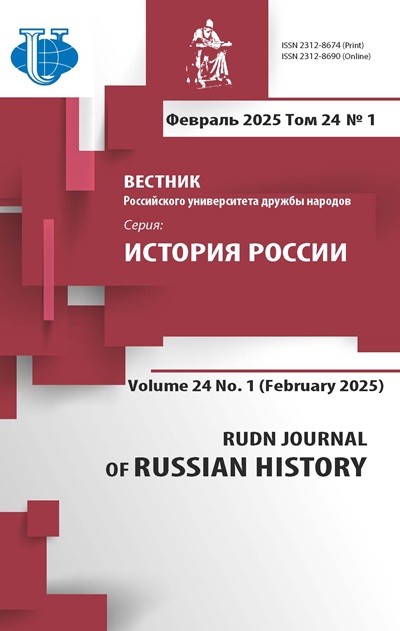Abstract
In the study of the history of Soviet camps, there are still serious gaps; in particular, there are no works that reveal the history of the creation and functioning of the camp system in the Caspian region. This study fills the gap in historiography and provides answers to the topical issues of the location of some camp units, reasons, goals, objectives and conditions for the creation and operation of the camp com-plex in the Kazakhstan region of the Caspian Sea. The source base of the study is the documents from the fund of the Main Directorate of Camps and Places of Incarceration of the Ministry of Internal Affairs of the USSR of the State Archive of the Russian Federation. The article shows that from the middle of 1932, in the course of solving the problem of creating their own supply base, the OGPU camps began to intensively develop the fishing industry. The GULAG got a new fishing area - Prorva located in the north-eastern part of the Caspian Sea. For catching and processing fish, there was created the Prorva labor camp which functioned from 1932 to 1940; it was initially subordinated to the GULAG OGPU and stationed in the Kazakh ASSR on the island of Prorva in the Caspian Sea. One of the largest units was the Guryev camp with the population of up to 2 thousand people; it was located in the area of the town of Guryev, Kazakh ASSR. The prisoners were engaged in fishing and provided them-selves with fish, the supply of which to the camps was cut off from 1932. The study reveals that the prisoners settled down in the Caspian fishing region of Kazakhstan in extremely difficult climatic, living and working conditions; they made a significant contribution to the provision of camps and colonies with food, since all products manufactured by the Prorva labor camp were sold in the GULAG system.
















